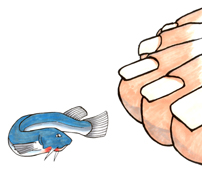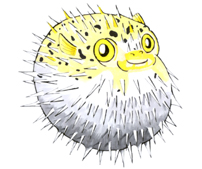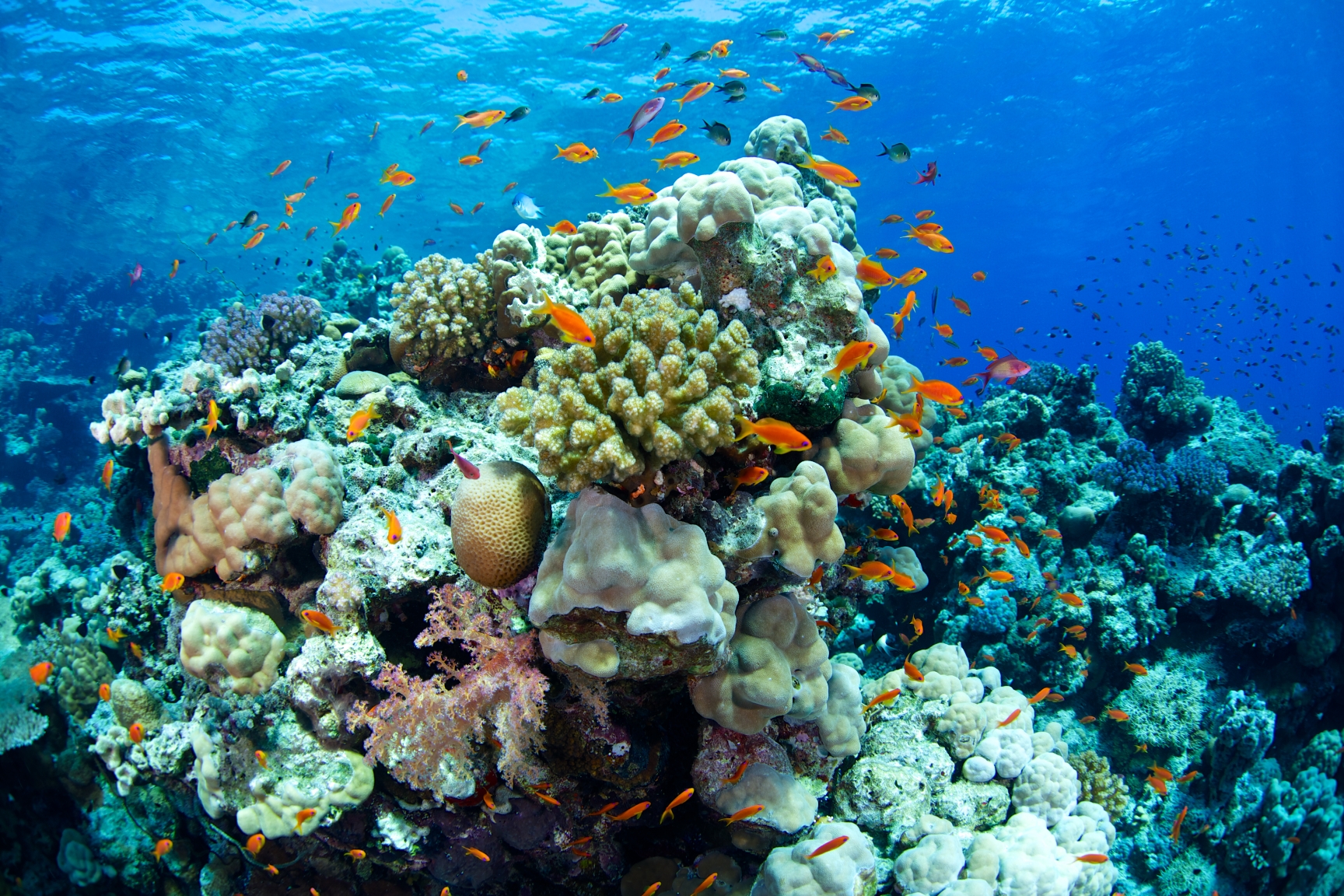Fish Files in your Backyard
Vampire Catfish (Vandellia cirrhosa)

Where do I live?
I’m usually buried under rocks or logs, in the soft sandy or muddy bottoms of freshwater riverbeds in the Amazon River Basin of South America.
What do I look like?
I’m a small, thin catfish that never gets bigger than 6 cm.
What do I eat?
As the name suggests, I enter the gill chambers of other fish to bite an artery and pump out some of their blood.
What is unique about me?
I’m also known as the candiru, toothpick fish, carnero fish or snatch fish. Within 20-145 seconds, I can enter the host, fill myself with blood and then leave the gill chamber. I have also been known to mistake the human urethra for the expanding gills of a fish and lodge myself in there by mistake. Once I’m stuck the only way to get me out is with surgery.
How Common am I?
I’m not considered threatened or endangered.
Pufferfish (Tetraodontidae sp.)

Where do I live?
I’m normally found in oceans about 45 degrees North and South of the equator. Most of us live in shallow salt water near coral reefs, but some of us live in brackish and even fresh water habitats.
What do I look like?
We normally have angular to rounded bodies and short, round fins and spines that are flattened against our bodies. But our elastic stomachs allow us to swell up with air or water and make us almost spherical in shape as our spines stick out as a defensive mechanism, making it difficult for a predator to eat us.
What do I eat?
Our four big teeth are used to scrape algae and plankton, or crush mollusks, invertebrates and crustaceans.
What is unique about me?
Although we are poisonous, our skin is made into leather for wallets or souvenirs such as hanging lanterns, but we are best known as fugu, one of the most famous foods in Japanese cuisine. Our milt, roe and flesh can be grilled, fried, stewed, pickled or simply served raw. Fugu bones have been found in 2300 year old garbage dumps in Japan. The Tokugawa Shogunate and later the Meiji Emperor tried to ban people from eating us during their reigns from the early 1600s to the early 1900s, but they ate us anyways. Thailand and the European Union have completely banned our sale and we are the only delicacy that the Emperor of Japan is forbidden to eat for his own safety. The most famous victim of our poison is Bando Mitsugoro VIII, a Kabuki actor who died seven hours after eating four portions of fugu liver in 1975.
Our preparation strictly regulated in Japan. Chefs must complete a 2-3 year apprenticeship and then take a rigorous multi-part test, of which only about 30% pass. They must do a written test, correctly identify several species, then remove several organs such as the liver and ovaries. The knife which is used to prepare us must be stored separately from other knives. After removing the most toxic parts to prepare a serving, the parts must be stored in locked containers before being burned to prevent them from falling into the wrong hands. There are seventeen restaurants licensed to serve us in the United States, twelve of them are found in New York City. Our most toxic parts are removed before being flash-frozen, sealed and shipped in specially labeled containers.
The substance that makes us so deadly is known as tetrodotoxin. This powerful toxin is 1200 times more deadly than cyanide and found in other marine animals such as cone snails and the blue-ringed octopus. It is a neurotoxin; a toxin that affects nerve cells. The toxin paralyzes muscles, including the ones that regulate breathing and has no antidote. Scientists have been studying tetrodotoxin not only for an antidote but also to develop new drugs such as muscle relaxants, antidepressants and painkillers. Researchers also discovered that we are not toxic when young, but our diet includes organisms with bacteria that contain tetrodotoxin. The bacteria then colonize our stomachs and make us toxic. Working with farmers, poison-free fugu is now raised in parts of Japan.
How Common am I?
Our fisheries are well regulated and we are also farmed. We are not considered threatened of endangered.
